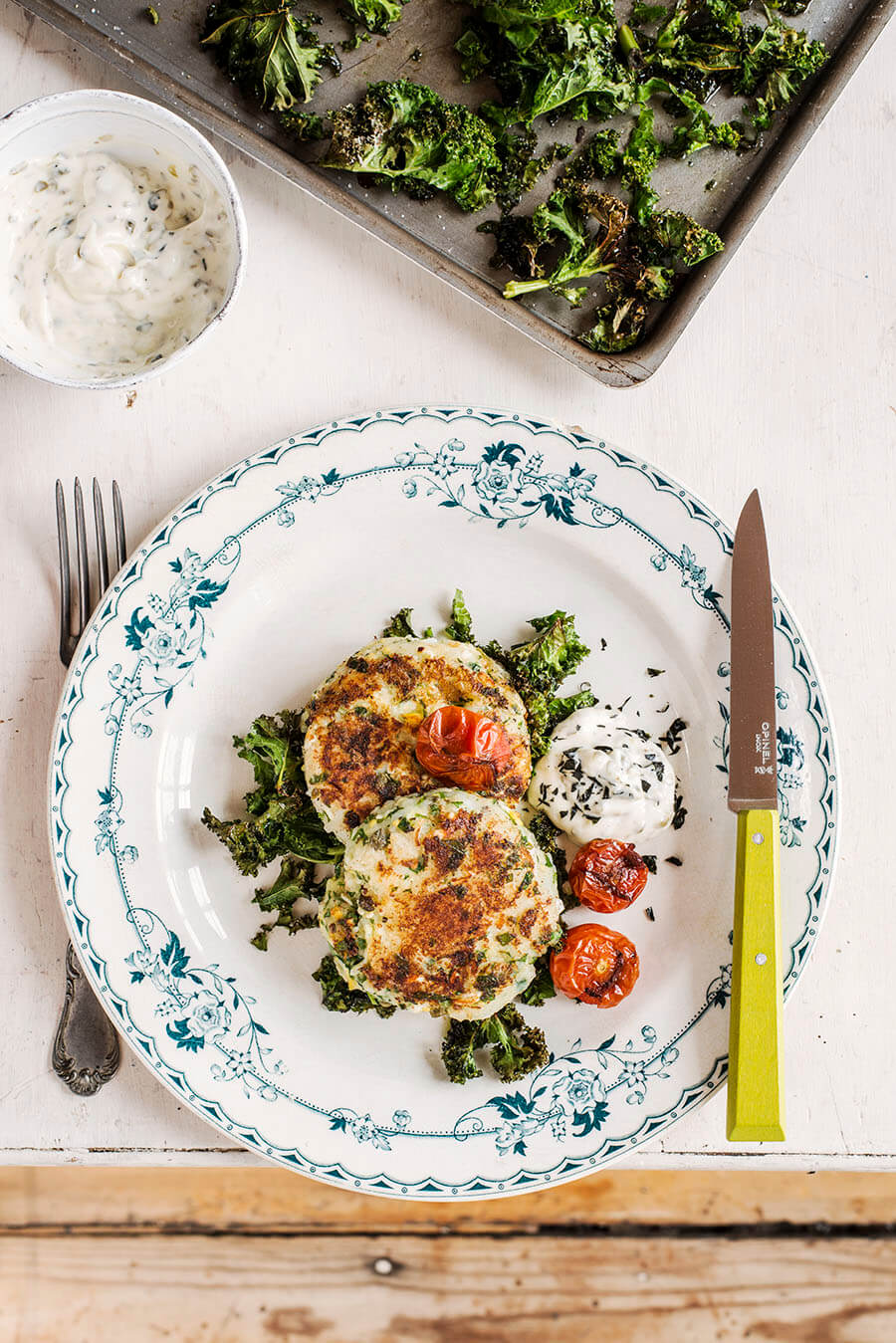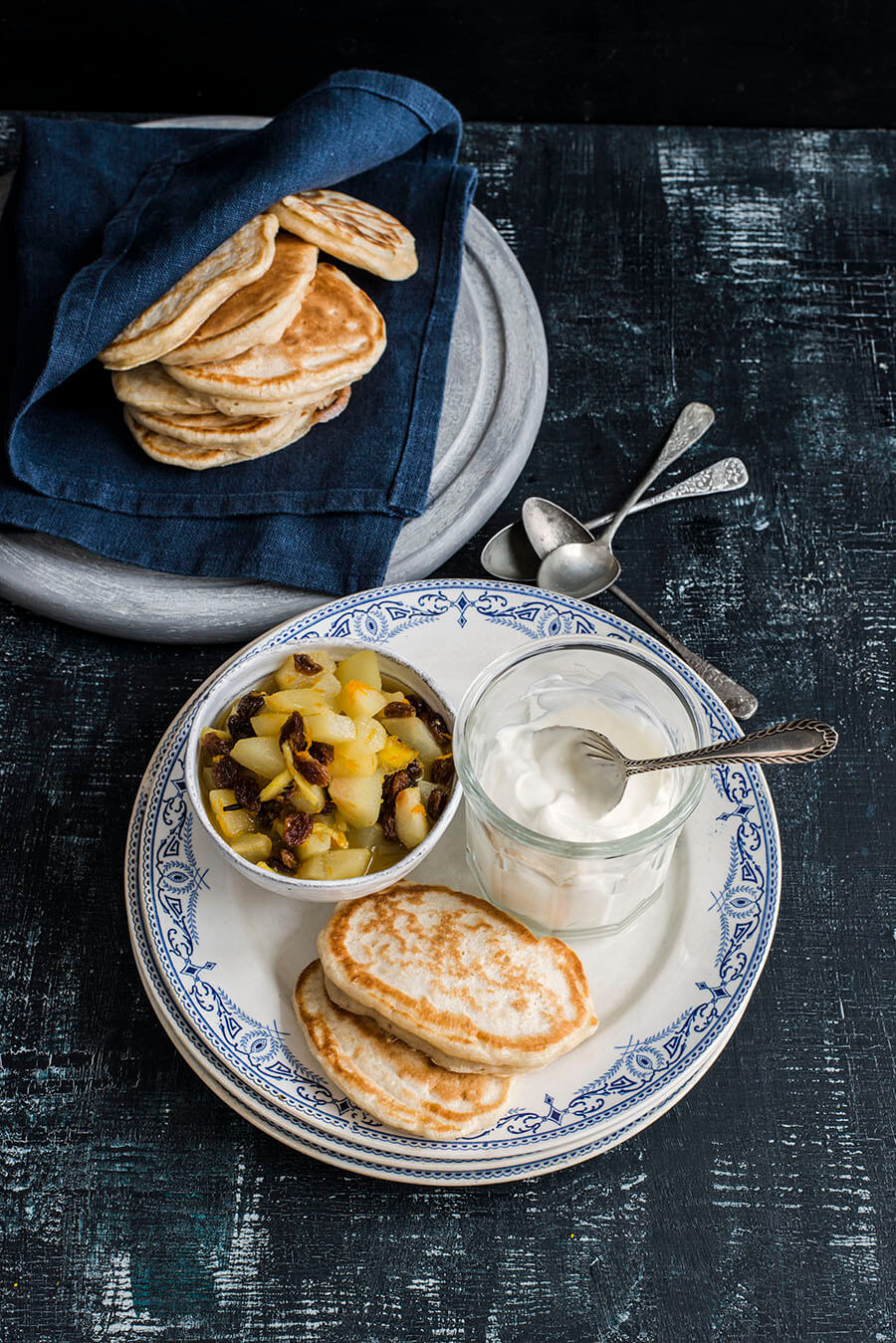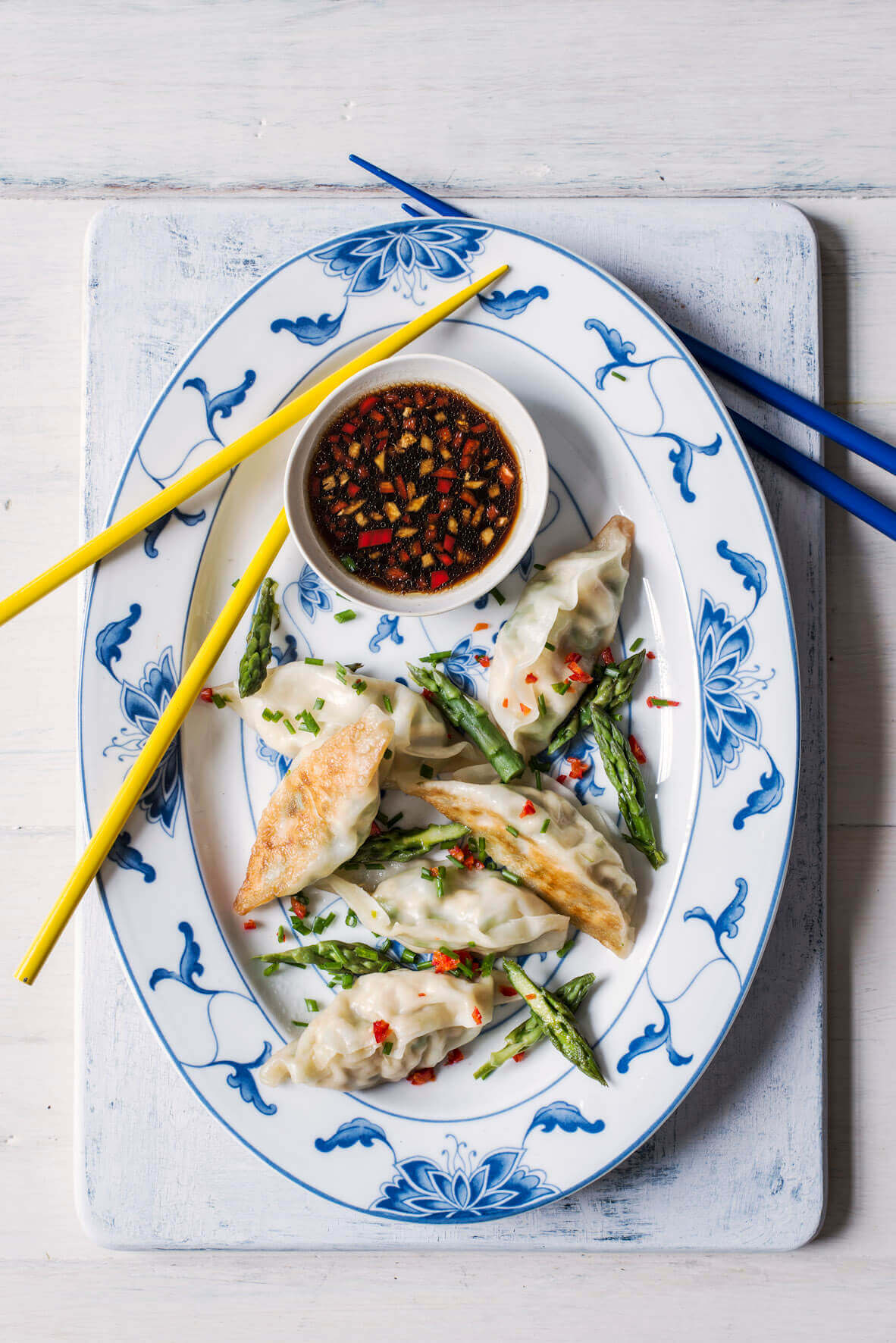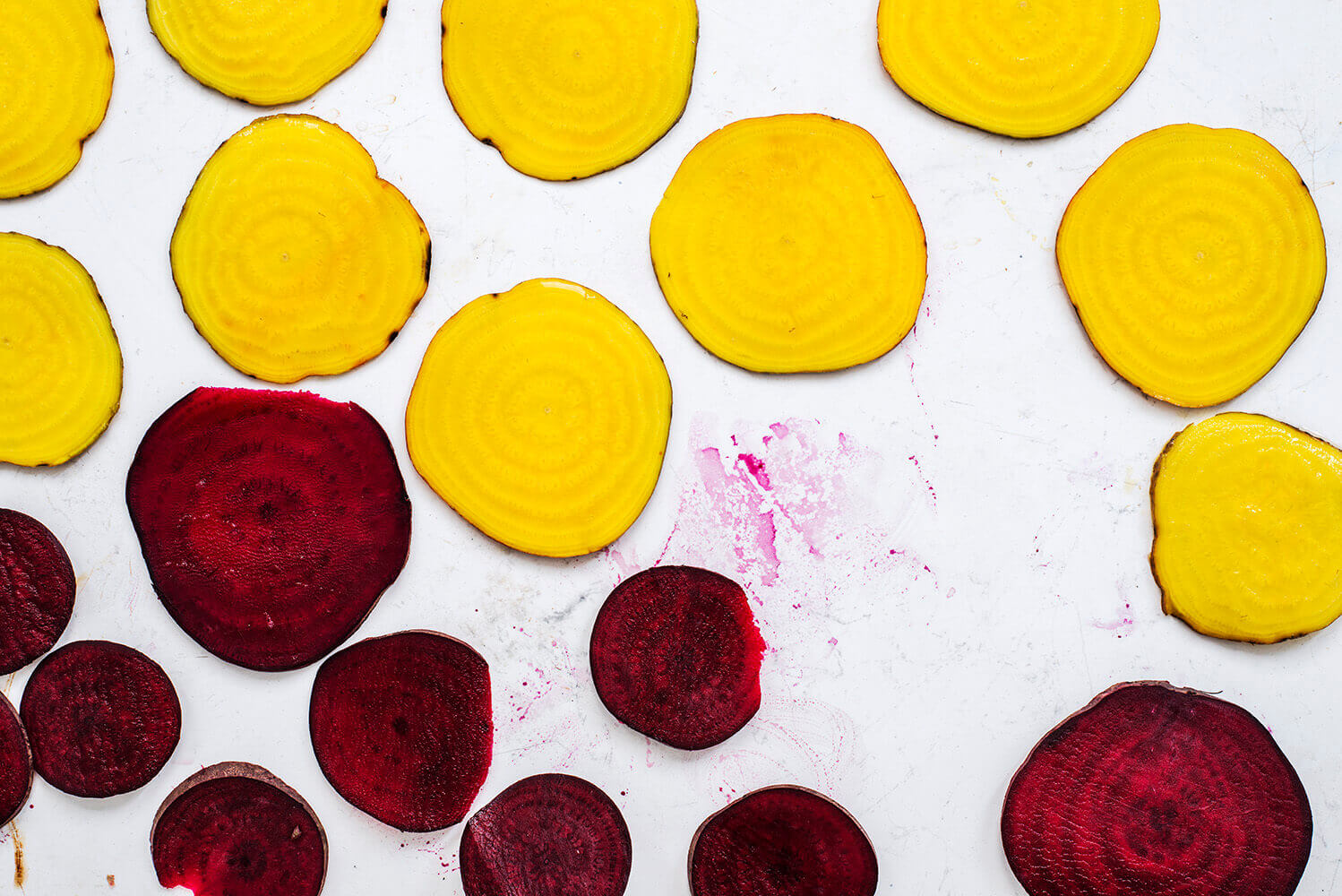
Smoked cheese potato cakes with crispy kale, and Its Part-Time Vegetarian Variation
These potato cakes from Nicola Graimes’s The Part-Time Vegetarian are a great midweek supper that


These potato cakes from Nicola Graimes’s The Part-Time Vegetarian are a great midweek supper that

A cross between the English crumpet and American pancake, the pikelet is thought to have

Asparagus and ginger make for a delicious filling for these typical Chinese potstickers. You can

Nicola Graimes is an award-winning cookery writer and former editor of Vegetarian Living magazine. She


by Nicola Graimes Traditionally a way of preserving vegetables to extend their shelf life as

Watkins Media Limited
Shepperton House unit 11
89 Shepperton Road
London, England
N1 3DF

Watkins Media Limited
Shepperton House unit 11
89 Shepperton Road
London, England
N1 3DF